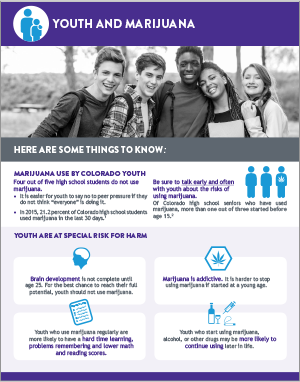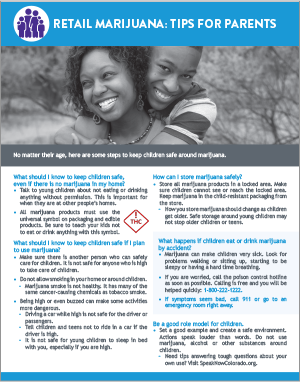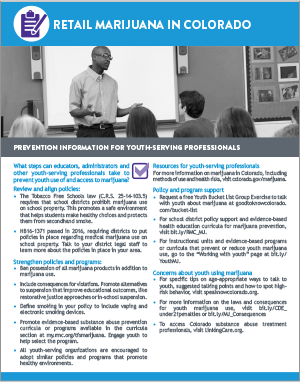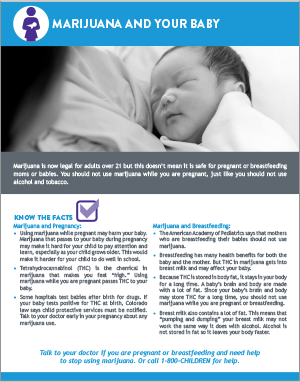It’s on us, you and me, to know about today’s marijuana.
It’s on us as parents and others who care for kids to know as much as we possibly can about today’s marijuana. Claims about the radically different, ultra-potent THC products are confusing.
Let’s not forget how important it is that policymakers, educators, and the media understand the facts and are working with the most accurate information. After all, every child’s potential hangs in the balance.
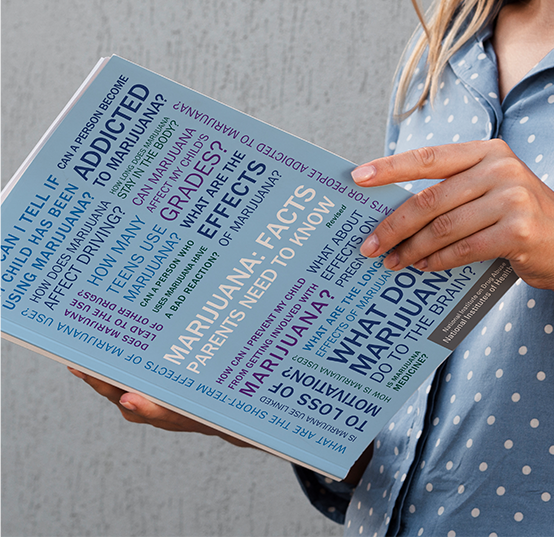
Start here
The problem with potency
The potency of THC, the high-inducing ingredient in the marijuana plant, is the strongest it has ever been. This is not the marijuana of the past. In fact, the potency has tripled since the 1990s. Dutch health experts concluded that THC potency above 15% classifies it as a hard drug.
The average potency for Colorado bud is 18.8%.
Marijuana concentrates average 69% potency.
THC forms
Powders, candies, drinks, and ultra-potent concentrates
A marijuana production arms race has led to a staggering number of radically new THC products flooding the marketplace. Unfortunately, many of these forms, especially sweet edibles, appeal to young people and can be confused with actual candy.
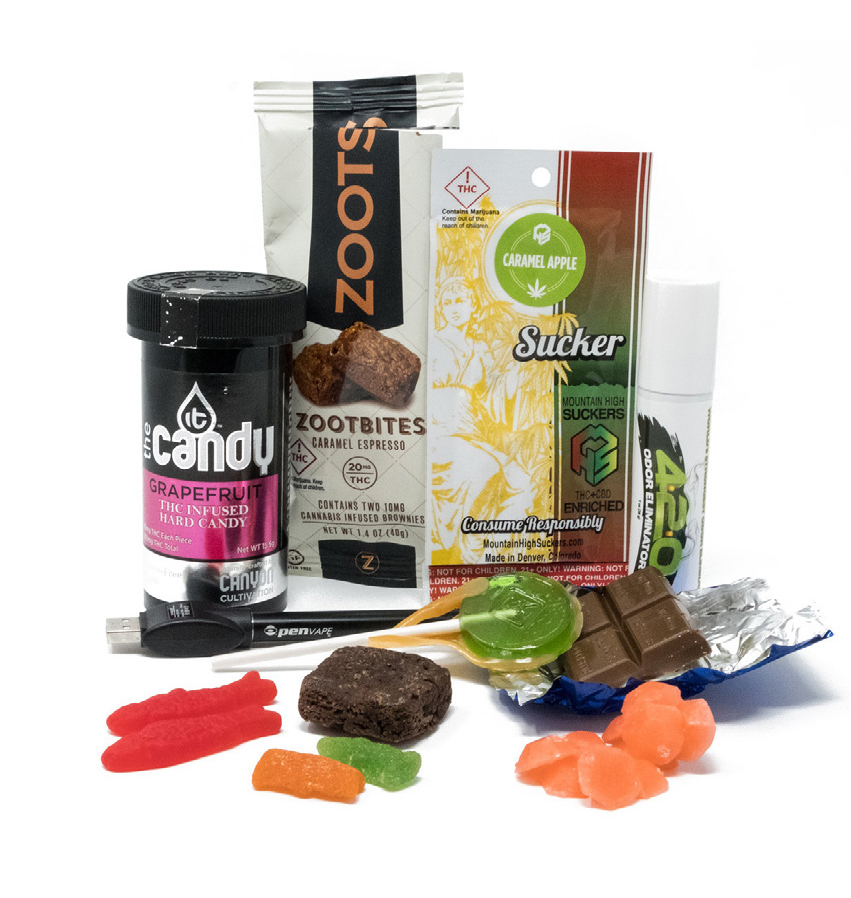
Here are popular THC forms you should be aware of:
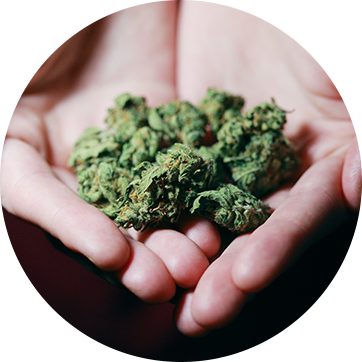
Bud
Trimmed right off the
marijuana plant and smoked
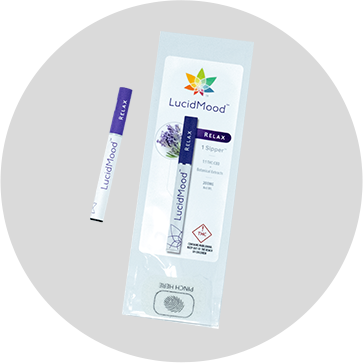
E-cigarettes
Contain liquid THC for vaping
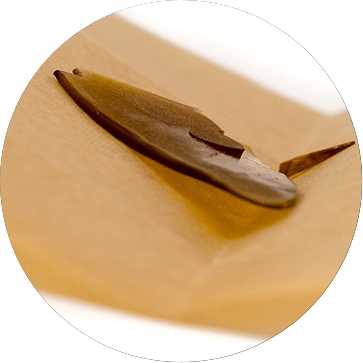
Concentrates
Can be heated and inhaled by dabbing
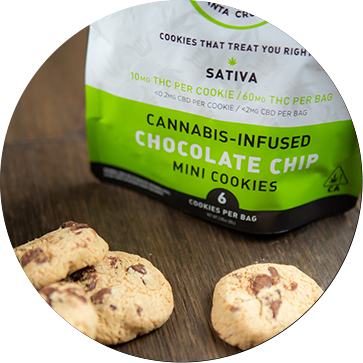
Edibles
Forms of THC that resemble food like candies, cookies, mints and sodas
These new forms are deceptively different, they aren’t easily identifiable, and they can be used discreetly. There are even powders that can be dissolved invisibly in liquids. The more you know, the more likely you can detect possible THC use by kids in your life.
The effects of THC on
the growing brain
The commercialization of marijuana has changed the way kids think about the drug. Because it’s legal for adults and marketed broadly, many believe it’s not all that harmful, making kids more likely to use marijuana. What they don’t realize is just how damaging THC is to the young brain, which isn’t fully developed until they reach their mid 20s.
In 2019, the U.S. Surgeon General took a stand on the issue, advising that no amount of marijuana use during adolescence or while pregnant is safe.
Let’s dive deeper into the facts.

Changes the brain

Decreased performance

Increased risk
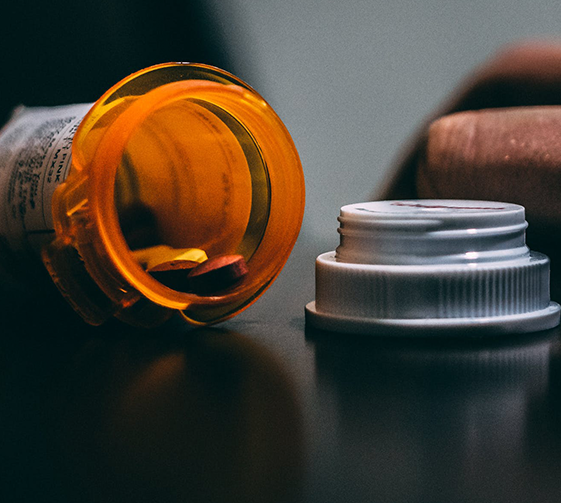
Likely misuse
For more information, the National Institute on Drug Abuse and the Substance Abuse and Mental Health Services Administration are other great resources. With the tools and education materials found here, you can get up to speed on the issues at hand and help us change the narrative when it comes to kids and today’s marijuana. Your state health department may also have resources.
The Colorado Department of Public Health and Environment reviewed the science and translated the learnings into relevant messages for the public. This resulted in valuable literature about kids and marijuana for parents and other trusted adults, including information about the risks of marijuana use while pregnant and its effects on babies.


